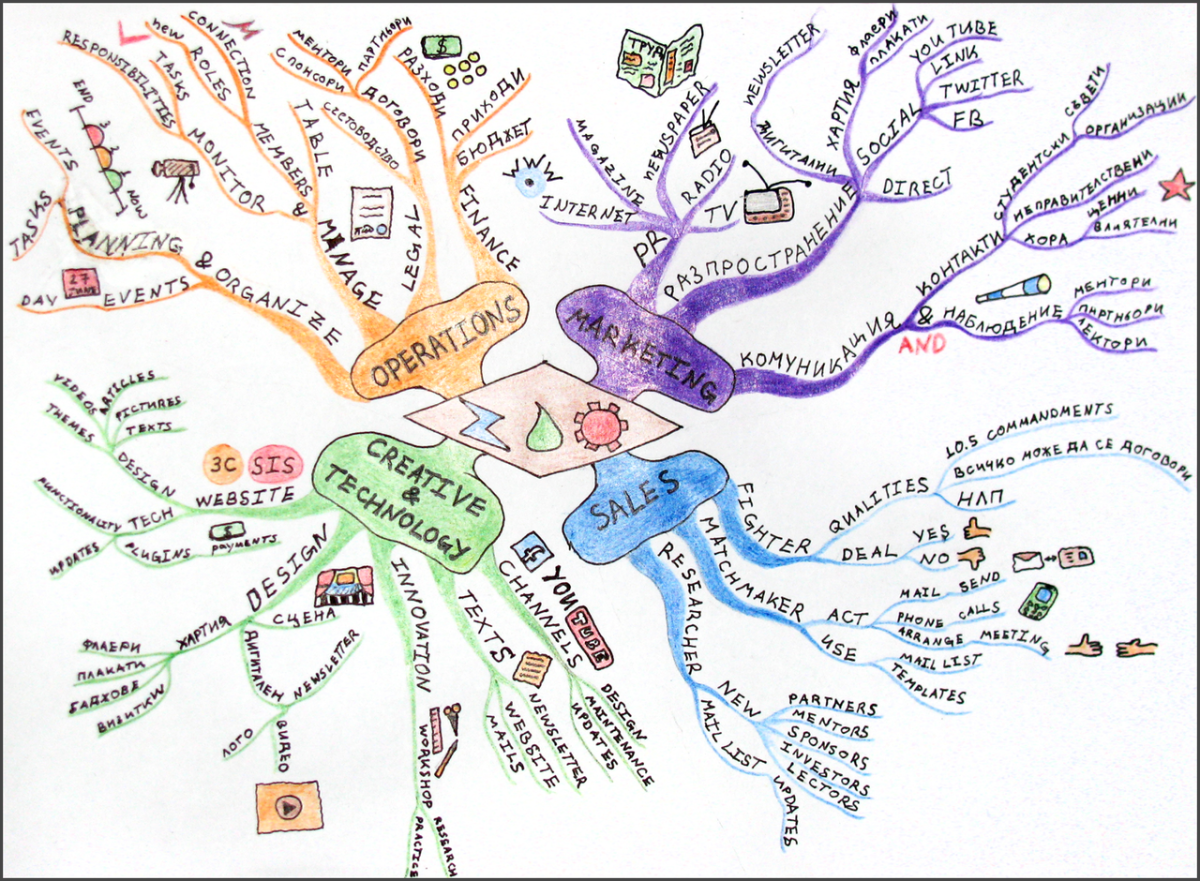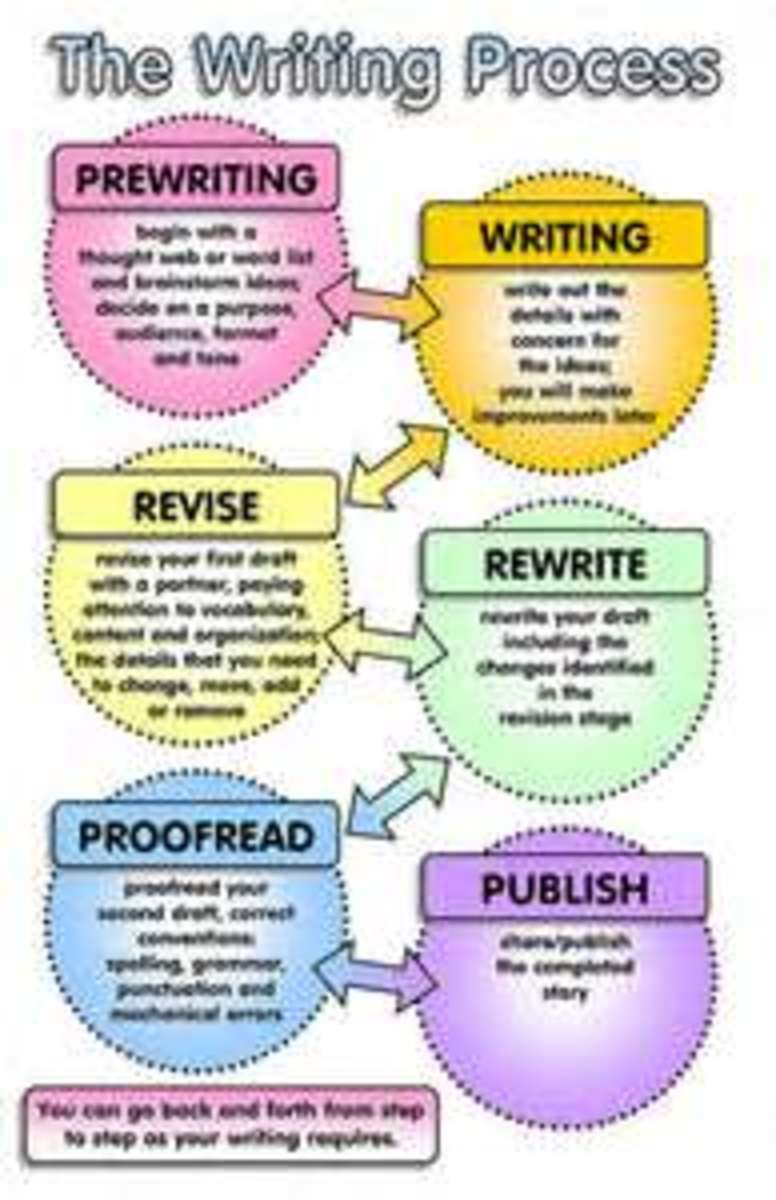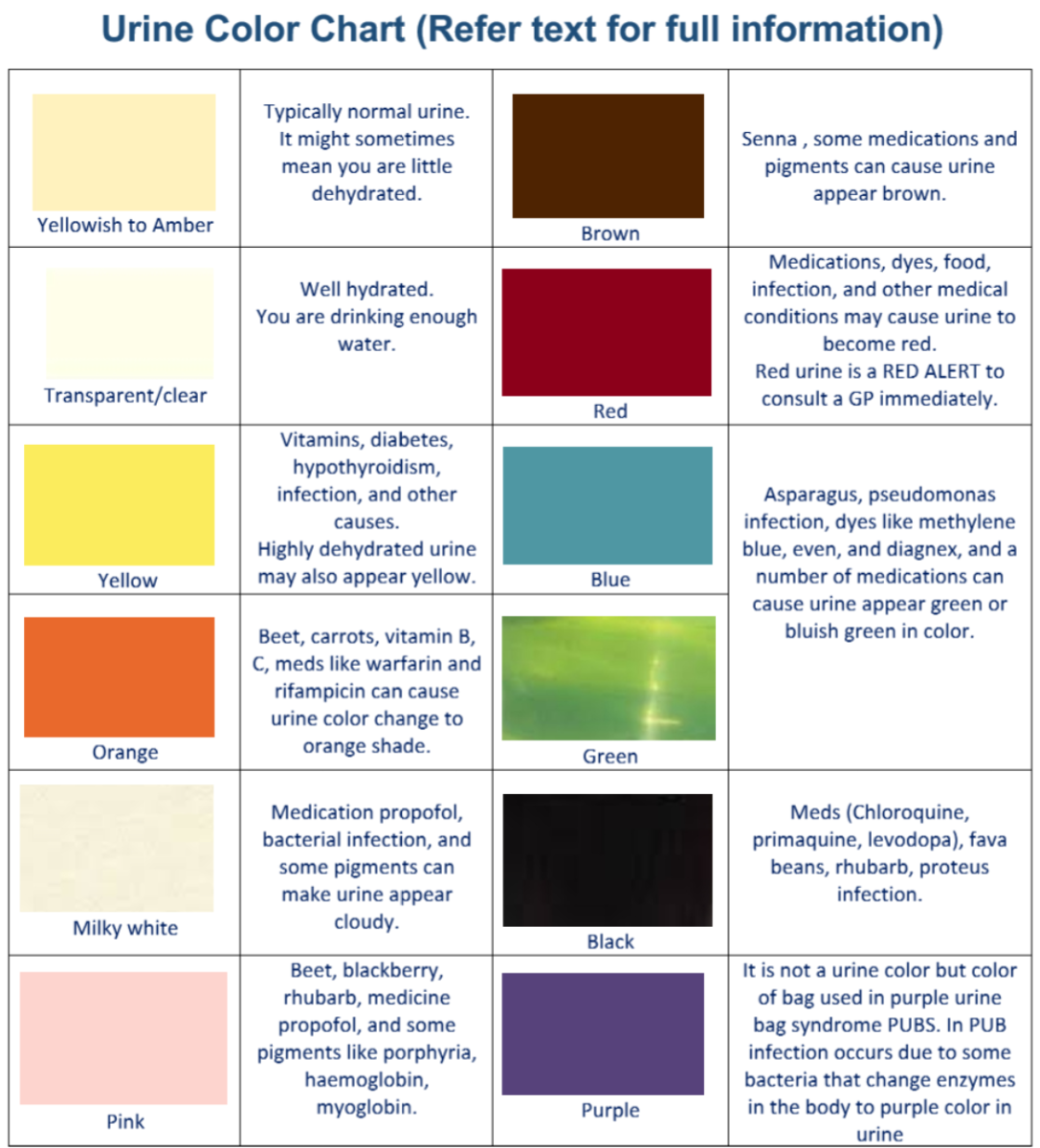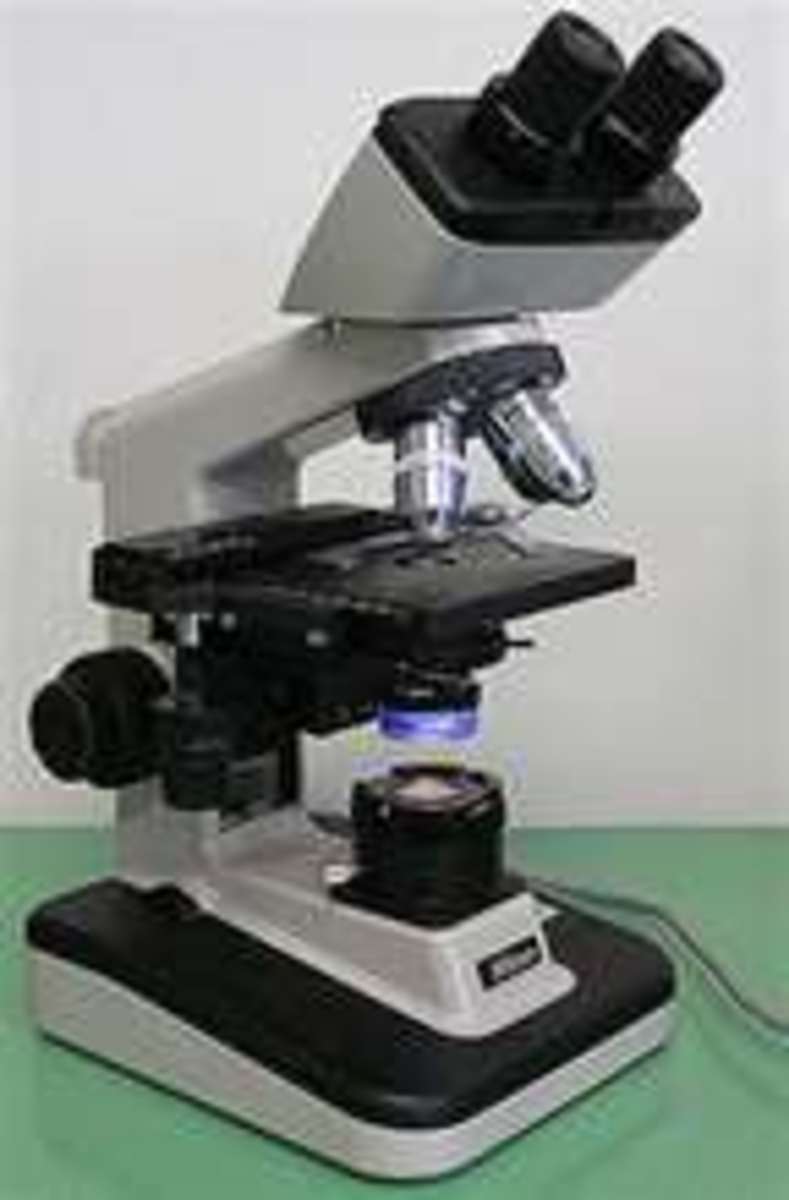A simple Way to Increase Your Memory
How do we remember? Why do we sometimes forget? As we grow older, memory loss become more of a problem. An old man may be able to remember the date when he got engaged to his wife 50 years ago but ironically not be able to remember the name of the doctor who examined him three days before.
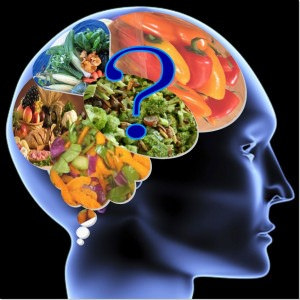
Our memories perform three main processes: information input, information reserve, and information output. Each process is affected by many factors. For example, the first process is influenced by the amount of attention we pay to the information coming in.
There are few tips to improve our memory.
1. Concentrate your attention on the things you see. A task will be easier if you take a rest, neglect unnecessary drugs, and cope with stress affectively. Concentration will be more focused if your body is relaxed.
2. Write down the things you want to remember when you come to a new place or meet a new person. In this way, you will make association with something and sharpen your memory.
3. If you meet someone, try to mention their name as much as possible in a conversation. If you try to read new topic, read aloud or discuss the reading with someone else.
4. Make repetitions frequently. Take time to learn something new. Read more frequently. As you do, the topic becomes a bit more settled in your mind. Furthermore, you can focus on the key topics which enable you to remember the sub-topic.
5. Select what you want to learn. Learning a simple topic in a short period of time be more effective than learning many things over a long period of time.
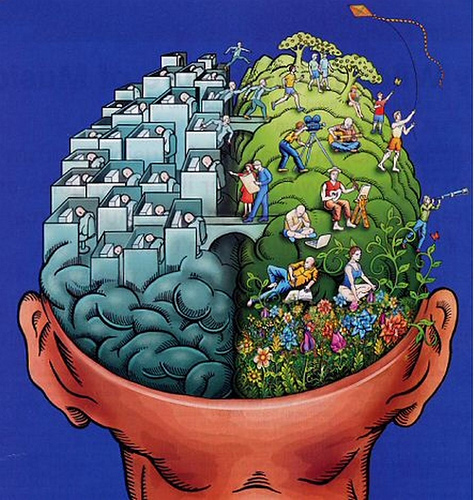
6. Analyze the material content. Try to understand what you want to keep on your memory rather than simply memorizing without understanding. Connect the topic with your own condition. For example, if you are studying about a particular disease, imagine yourself suffering from the disease. Think about the impact of your heart, lungs, liver, etc.
7. Use acronyms. If you have to memorize several facts about something, shorten the list by taking the first letter of each fact and forming them into a word. For example the acronyms of NATO (The North Atlantic Treaty Organization), UNICEF (The United Nations Children's Fund), A.S.A.P (As soon as possible), NIMBY (Not In My Back Yard), B.Y.O.B (Bring Your Own Bottle), etc.
8. Use visual images. There are several ways to do this,
9. The link method connects a series of items. For instance, if you need to remember that you must buy bread and milk as soon as you leave your office, when you go to your office, imagine that a slice of the shop followed by a can of milk.
10. Use key words to help you to remember the names of people or unusual and awkward names of places. Try to relate the names to the concrete words.

